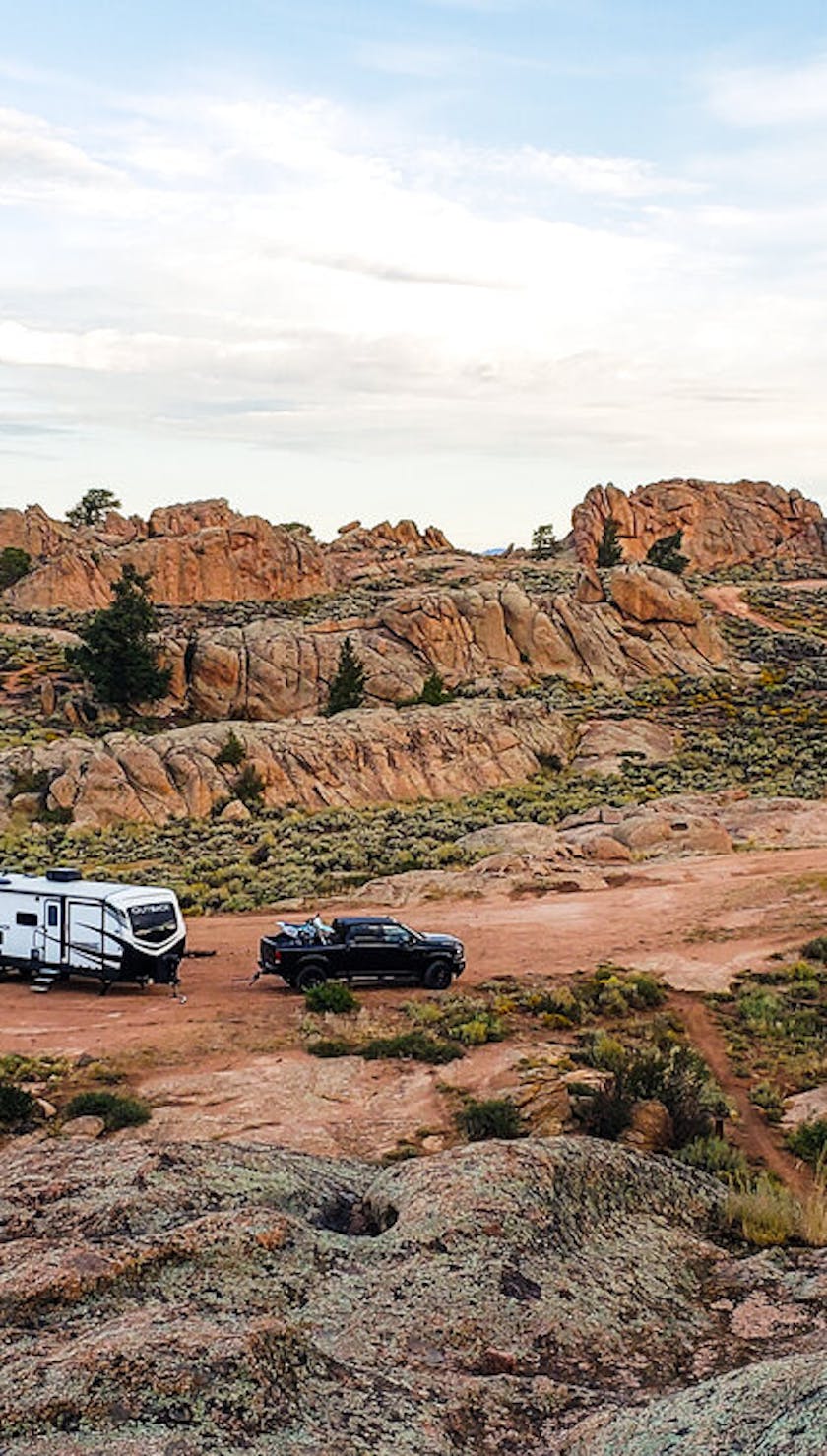After a long drive and a smooth check-in, the last thing you want is to feel like you’re sleeping on a slope or have your fridge stop working. Leveling your RV at the campground isn’t just about comfort—it’s essential for safety, appliance performance, and a great camping experience. Whether you’re a seasoned traveler or new to RV life, this guide breaks down the steps to get your rig level and ready to enjoy, no matter where you park.
Why Leveling Matters
Leveling your RV is about more than keeping your coffee from spilling. Here’s why it’s essential:
- Refrigerator Functionality: Absorption-style fridges (common in RVs) need to be level to operate safely.
- Slide-Out Performance: Uneven ground can strain or misalign slide mechanisms.
- Tank Readings: Slopes can cause false readings in your freshwater, grey, and black tanks.
- Comfort & Safety: Sleeping on an incline isn't fun—and walking around a tilted rig can be a tripping hazard.
Leveling Equipment: What You’ll Need
Depending on your RV type and setup, you might use:
- Bubble or digital level (mount inside or place on floor)
- Leveling blocks or ramps
- Wheel chocks (always use!)
- Tongue jack or stabilizers
- Automatic leveling system (on some motorhomes and higher-end fifth wheels)
Step-by-Step: Manual Leveling
- Pick your site carefully: If possible, choose the flattest spot available to reduce how much adjusting you'll need to do.
- Place a level inside your RV: Most RVers use a small level on the floor near the center of the rig.
- Side-to-side leveling (first): Place leveling blocks or ramps under the low side tires, then pull forward or back until level.
- Chock your wheels: Once level side-to-side, secure both sides of your RV with wheel chocks.
- Front-to-back leveling: Use the tongue jack (travel trailers) or front landing gear (fifth wheels) to raise or lower the front until level.
- Lower stabilizer jacks: These reduce movement inside the RV but should not be used for leveling.
Using Automatic Leveling Systems
If your RV has a built-in automatic leveling system (typically hydraulic or electric), follow the instructions in your owner’s manual. These systems do most of the work for you—but it’s still important to park on relatively level ground and watch for soft surfaces that can shift.
Pro Tips & Common Mistakes to Avoid
- Don’t rely on stabilizer jacks to level your RV—they're meant for stability, not weight-bearing adjustment.
- Avoid leveling on soft sand or mud without pads—jacks and blocks can sink.
- Always re-check level after slide-outs are deployed; sometimes weight shift can affect balance.
- Carry extra leveling blocks or wood planks—every campsite is different.
Need More Help? Check Your Keystone Owner’s Manual
Your Keystone Owner’s Manual includes leveling guidance specific to your RV model, including jack system tips, weight distribution, and maintenance.
Download your Keystone Owner’s Manual here
Tell Us Your Most Unforgettable Leveling Moments!
Ever had your rig tilt unexpectedly or your pet slide across the floor? We want to hear your funniest (or most dramatic) leveling stories. Email us at iamkeystonenation@keystonerv.com—you might just be featured in a future newsletter!
